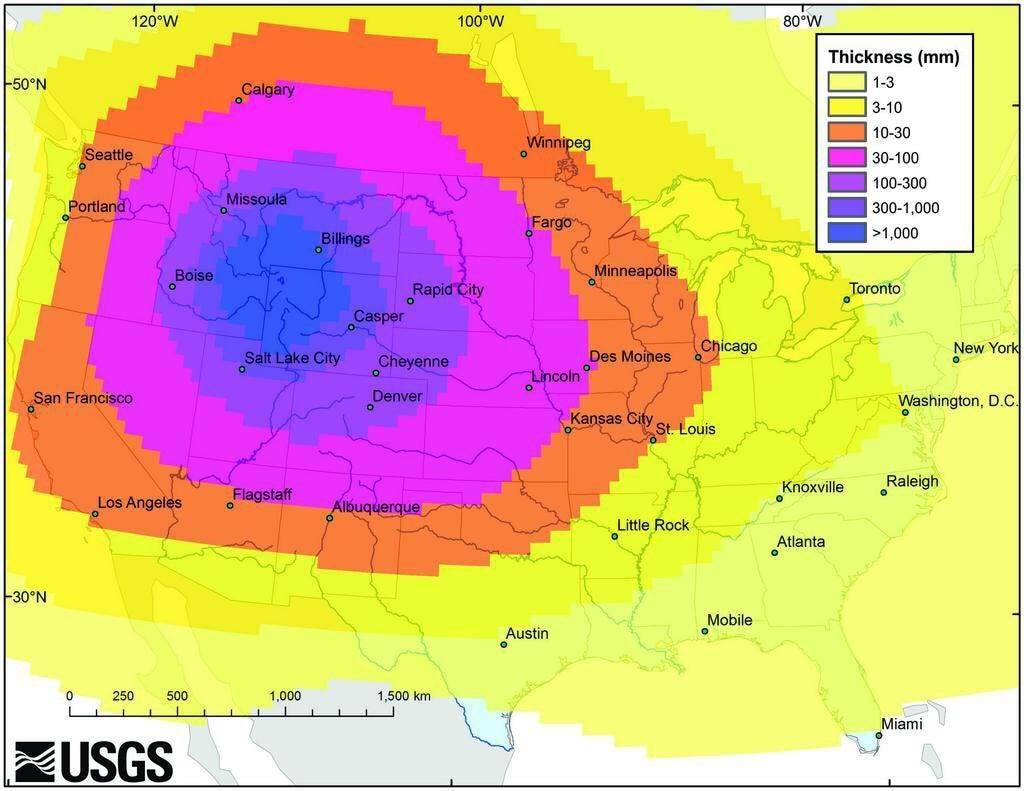Russia has been working on a way to induce the caldera to erupt. Except that if it did the whole world, including Russia would be in darkness for at least three years. Rain worldwide would be acidic and sulphurous. It would be national suicide.
The United States would break in two while the large fault lines along the west coast would rupture. The Santa Monica mountains would be west coast islands. The energy released could well travel along the ring of fire wiping out pacific islands abd most of Japan. So Russia scrapped the idea as being worse for them.
Ummmm, no. The US would not break in two and the rest of the geologic consequences you enumerate have no basis in fact. Yellowstone has erupted before. 700,000 years ago it blew around 600 cubic miles of material into the atmosphere. Most life east of the eruption died and the west coast wasn't too happy either. I don't think anyone has actually looked into the global effects of the eruption (there's a Doctoral thesis for you) but they would have been severe.
But the rest of your post is simply hyperbole.
And to answer the original question, no...there is no mechanism extant to cause the caldera to erupt. If anyone did have that sort of energy, you wouldn't need the caldera in the first place.




